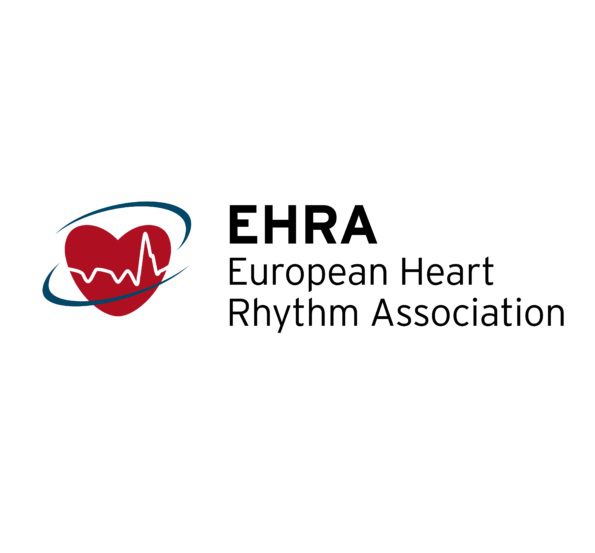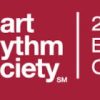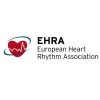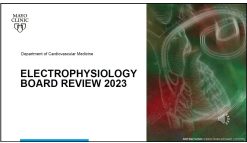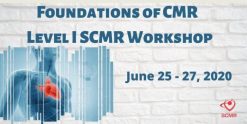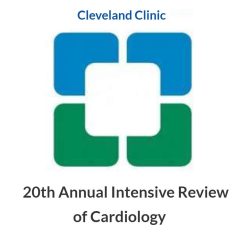EHRA Advanced Cardiac Electrophysiology Course 2018
$35,00
This Product is shared via google drive download link, So please share your correct Gmail id while placing the order .Please note that there are no CME points or certificate associated with this course Samples for Courses Can be found here : Free Samples Here!
Category: CARDIOLOGY
[
EHRA Advanced Cardiac Electrophysiology Course 2018
Topics :
- 01- Basic Electrophysiology Mechanisms cellular ectrophysiology and ion channels how they work, when they go wrong and how drugs affect them.
- 02- Cardiac anatomy for the electrophysiologist.
- 03- Conduction and refractoriness fixed and functional block how we study electrical properties in Clinical EP and revision of the concept of entrainment.
- 04- Differential diagnosis on ECG and mechanisms of supraventricular tachycardias.
- 05- Diagnostic tools – Intracavitary recordings and electrophysiology equipment (Bipolar vs unipolar signals, amplifiers, filters, catheters and digital recording systems.).
- 06- The diagnostic EP study (Intervals, indications and diagnostic maneuvers like pace mapping and entrainment).
- 07- Atrial flutter and atrial macroreentry electrophysiologic diagnosis Entrainment manoeuvres.
- 08- Practical examples on how to read ECGs and tracings, part 2 focusing on wide QRS tachycardias
- 09- Practical examples on how to read ECGs and tracings part 3 focusing on atrial tachycardiaflutters.
- 10- Therapeutic tools – Basic Concepts, techniques and safety issues of ablation
- 11- The electrophysiology study and ablation of AV nodal reentry.
- 12- The electrophysiology study of accessory pathway conduction.
- 13- How to perform transeptal catheterization
- 14- Imaging anatomy and 3D mapping system principles.
- 15- The basic principles of ablation of AF (focusing on techniques and simple examples of PV tracings.
- 16- PV ablation for atrial fibrillation. Patient selection, ablation techniques, electrogram analysis.
- 17- Role of single shot techniques for atrial fibrillation ablation.
- 18- Ablation for macro re-enterant atrial tachcardia and atypical atrial flutter.
- 19- Ablation for focal atrial tachycardia.
- 20- The basic principles of mapping and ablating VT
- 21- Ablation of VT in the normal heart
- 22- Idiopathic VT. Tracings, management and ablation techniques
- 23- Ablation of ventricular fibrillationPartager
- 24- Role of MRI and CT in substrate ablation for VT, Epicardial VT ablation, case examples
- 25- Role of roboics in arrhthmia ablation, Traces, case examples
- 26- Diagnosis and mechanisms of inherited cardiomyopathies and channelopathies
- 27- Complex decisions in genetic arrhythmias and channelopathies Prophylactic ICD genetic testing
- 28- Pacemaker cases
]
Related products
CARDIOLOGY
$20,00 – $55,00Price range: $20,00 through $55,00
$55,00
PULMONARY /RESPIRATORY
$30,00
CARDIOLOGY
$130,00
$40,00
$40,00

